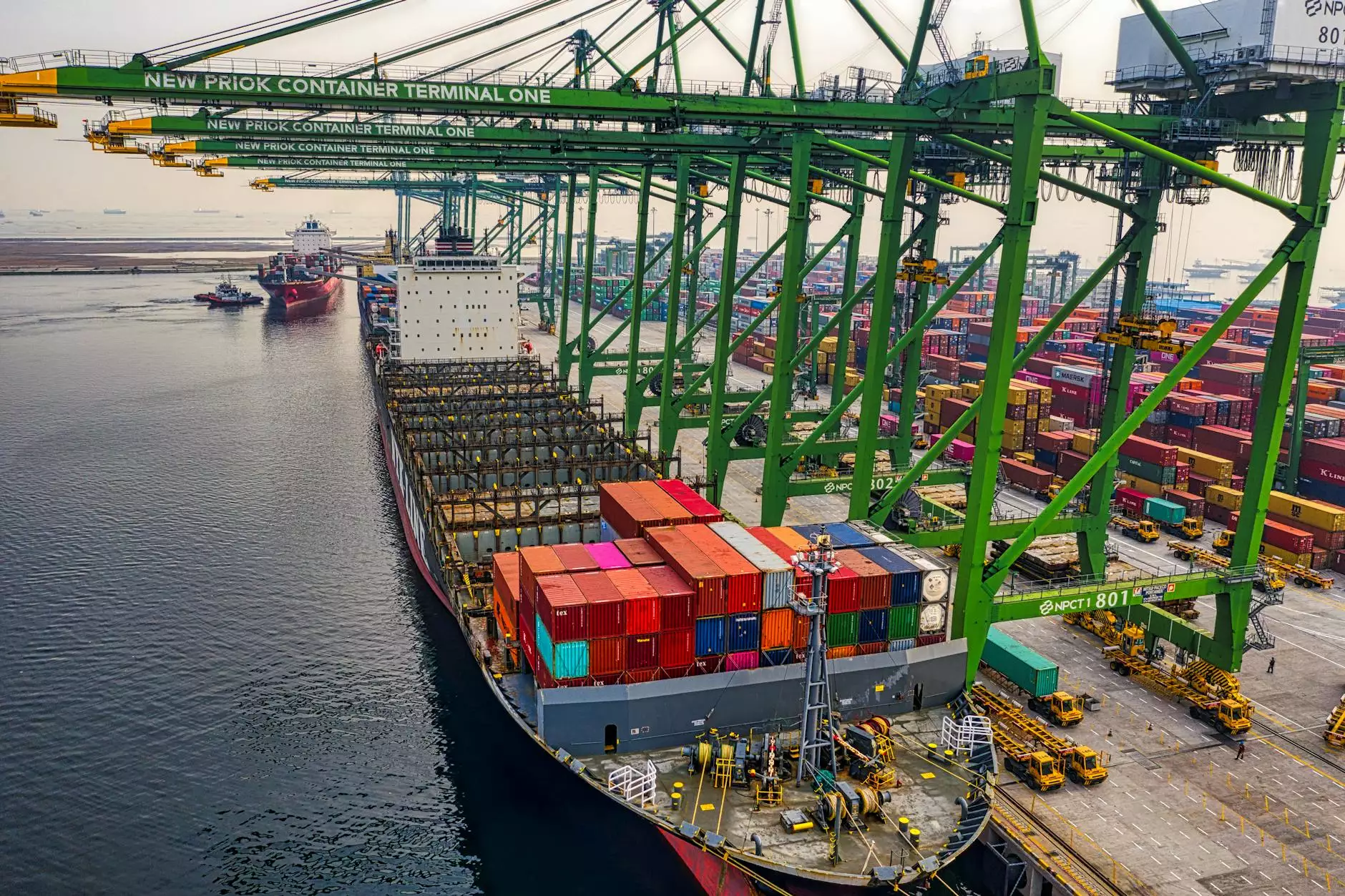Understanding Freight Charges Per Kg: A Comprehensive Guide

The logistics and shipping industry is complex, with various factors influencing the cost of transportation. One of the most crucial components is the freight charges per kg. Businesses rely heavily on analyzing these costs to remain competitive while ensuring efficiency in their operations. In this article, we will delve deep into the dynamics of freight charges, how they are calculated, and their significance in modern transportation and shipping practices.
1. What Are Freight Charges?
Freight charges are fees levied by transportation companies for the movement of goods from one location to another. These charges are essential in covering costs associated with transporting products, including handling, loading, and delivery. Understanding these charges can lead to better budget management and operational efficiency for businesses.
2. How are Freight Charges per Kg Calculated?
Calculating freight charges per kg involves several factors:
- Weight of the Cargo: The primary factor is the weight of the cargo being shipped. Carriers typically have a standard cost per kilogram, which is multiplied by the total weight.
- Dimensional Weight: For some freight services, charges may be calculated based on dimensional weight, which considers the volume of the cargo rather than just its weight.
- Distance: The distance between the shipping origin and destination significantly impacts freight charges.
- Mode of Transport: Whether you choose air, sea, or land transport affects the charges, as each mode has different cost structures.
- Accessibility: Charges can vary based on how accessible the pickup and delivery locations are, including any special handling requirements.
- Insurance and Additional Services: Optional services, such as insurance, tracking, and expedited shipping, can also influence the overall freight charges.
3. The Importance of Understanding Freight Charges per Kg
Comprehending freight charges per kg is vital for various reasons:
- Cost Management: Knowing how to calculate and optimize freight charges helps businesses manage their budgets effectively.
- Competitive Pricing: Understanding freight costs allows companies to set competitive pricing for their products, incorporating logistics expenses into pricing strategies.
- Efficiency in Supply Chain: Effective management of freight can lead to improved efficiency in supply chains, ultimately enhancing customer satisfaction.
- Negotiation Power: A firm grasp of shipping charges puts businesses in a better position to negotiate favorable terms with freight carriers.
4. Factors Influencing Freight Charges per Kg
Identifying the various elements that can influence freight charges per kg is crucial for businesses looking to optimize their shipping costs:
4.1 Seasonal Demand
Shipping costs can fluctuate based on seasonal demand. During peak seasons, such as holidays, freight prices may increase due to high demand for shipping services.
4.2 Fuel Prices
Fuel prices directly impact transportation costs. When fuel prices soar, carriers usually pass on these costs to customers through higher freight charges.
4.3 Currency Exchange Rates
For international shipping, fluctuations in currency exchange rates can affect the cost of shipping, making it essential for businesses to factor in potential changes.
4.4 Regulations and Tariffs
Government regulations and tariffs imposed on specific products or routes can increase freight charges. Staying informed about any legislative changes is vital for companies engaged in international shipping.
5. Strategies to Optimize Freight Charges per Kg
There are several strategies businesses can adopt to manage and optimize their freight charges per kg:
- Consolidate Shipments: By combining smaller shipments into one larger shipment, businesses can achieve cost savings due to lower freight charges per kg.
- Negotiate Rates: Establishing good relationships with freight carriers can lead to negotiated rates based on volume and commitment.
- Choose the Right Carrier: Not all carriers offer the same pricing. Comparing options can help you select the most cost-effective service for your needs.
- Utilize Technology: Investing in logistics software can enhance tracking, reporting, and monitoring capabilities, leading to better decision-making regarding freight management.
- Review Shipping Practices Regularly: Regular assessments of your shipping practices and costs can unveil opportunities for savings and improvements.
6. The Role of Shipping Centers and Airports in Freight Charges
The location of shipping centers and airports greatly affects freight charges per kg. These hubs serve as crucial points for distribution and logistics. Here’s how they impact costs:
6.1 Shipping Centers
Shipping centers typically handle freight logistics and distribution. Having a shipping center close to your business can significantly reduce transportation costs.
6.2 Airports
Airfreight services can be more expensive than ground transport, but they provide faster delivery. Selecting the right airport with competitive rates is essential for minimizing charges.
7. The Future of Freight Charges
As technology continues to evolve, we can anticipate changes in how freight charges are determined and managed:
7.1 Automation and AI
Automation and artificial intelligence are beginning to play a pivotal role in logistics, streamlining processes and potentially lowering freight charges.
7.2 Sustainable Practices
With environmental concerns growing, the shipping industry is shifting toward more sustainable practices. This transition could influence freight charges as companies seek greener alternatives.
Conclusion
Understanding freight charges per kg is essential for any business engaged in shipping and logistics. By grasping the intricacies of these charges, companies can navigate the complex world of freight transport more effectively, ensuring better cost management and operational efficiency. As the logistics landscape evolves, staying informed and adaptable will be crucial in optimizing shipping costs and maintaining competitiveness in the market.









